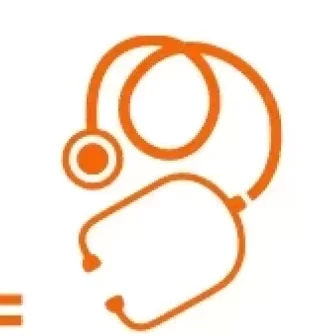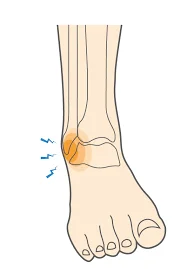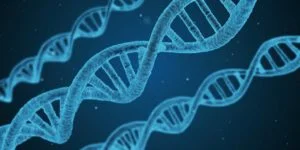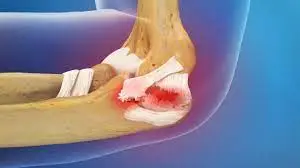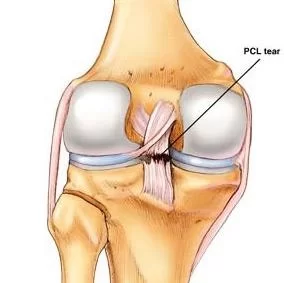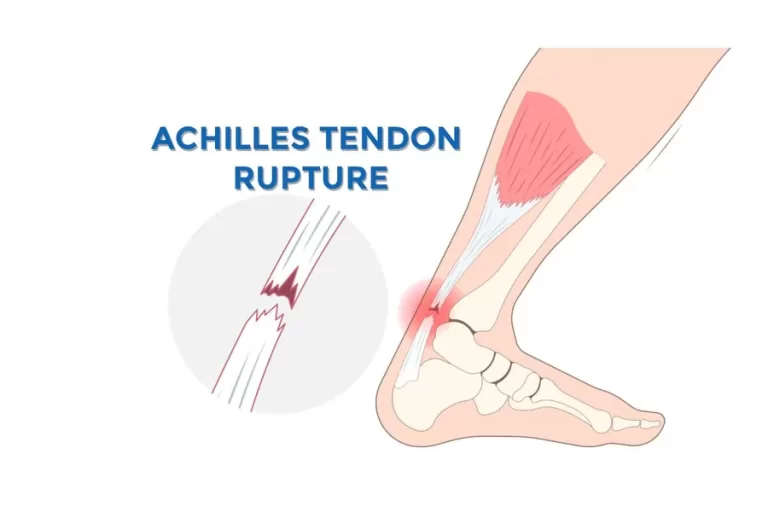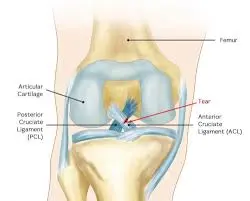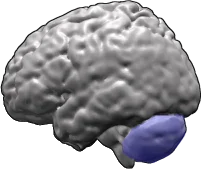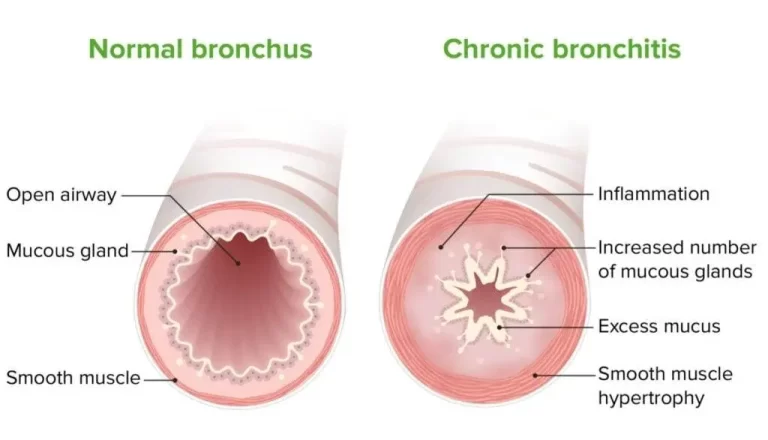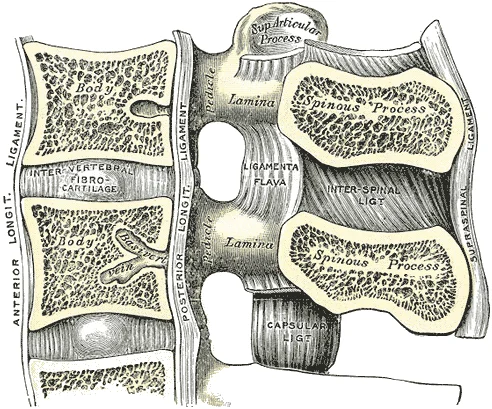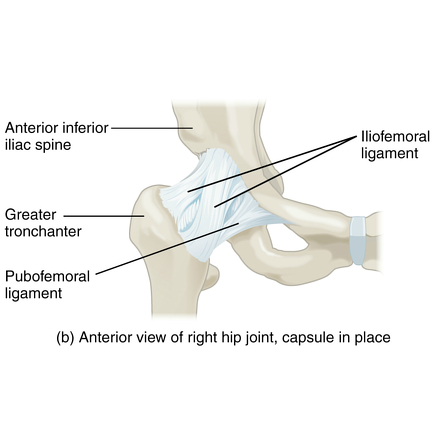Lateral Ankle Sprain
What is a Lateral Ankle Sprain? A lateral ankle sprain occurs when the ligaments on the outer side of the ankle are overstretched or torn, typically due to a sudden twist, roll, or damage. It is one of the most common musculoskeletal injuries, often seen in sports or activities involving quick changes in direction. Ankle…
